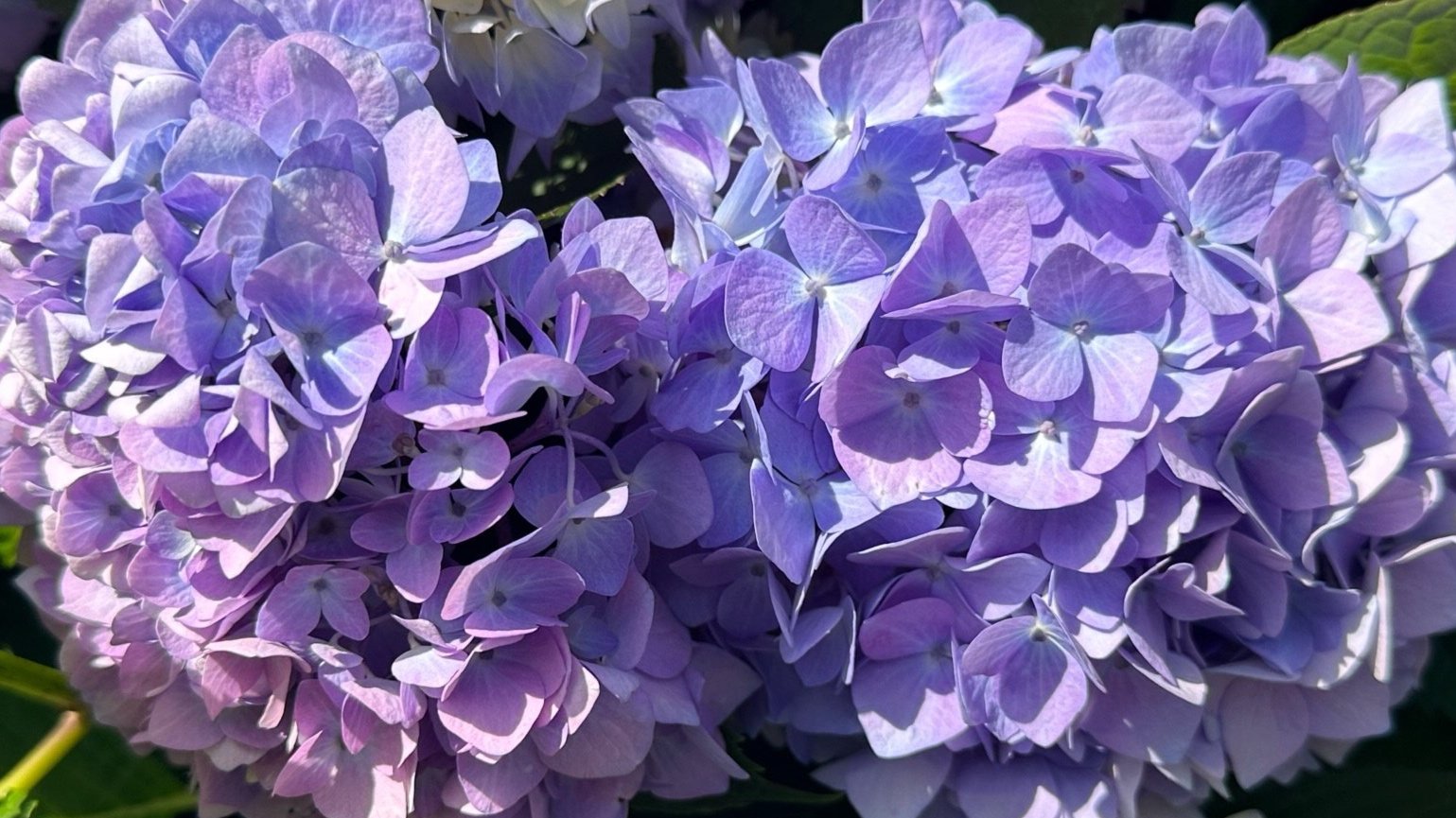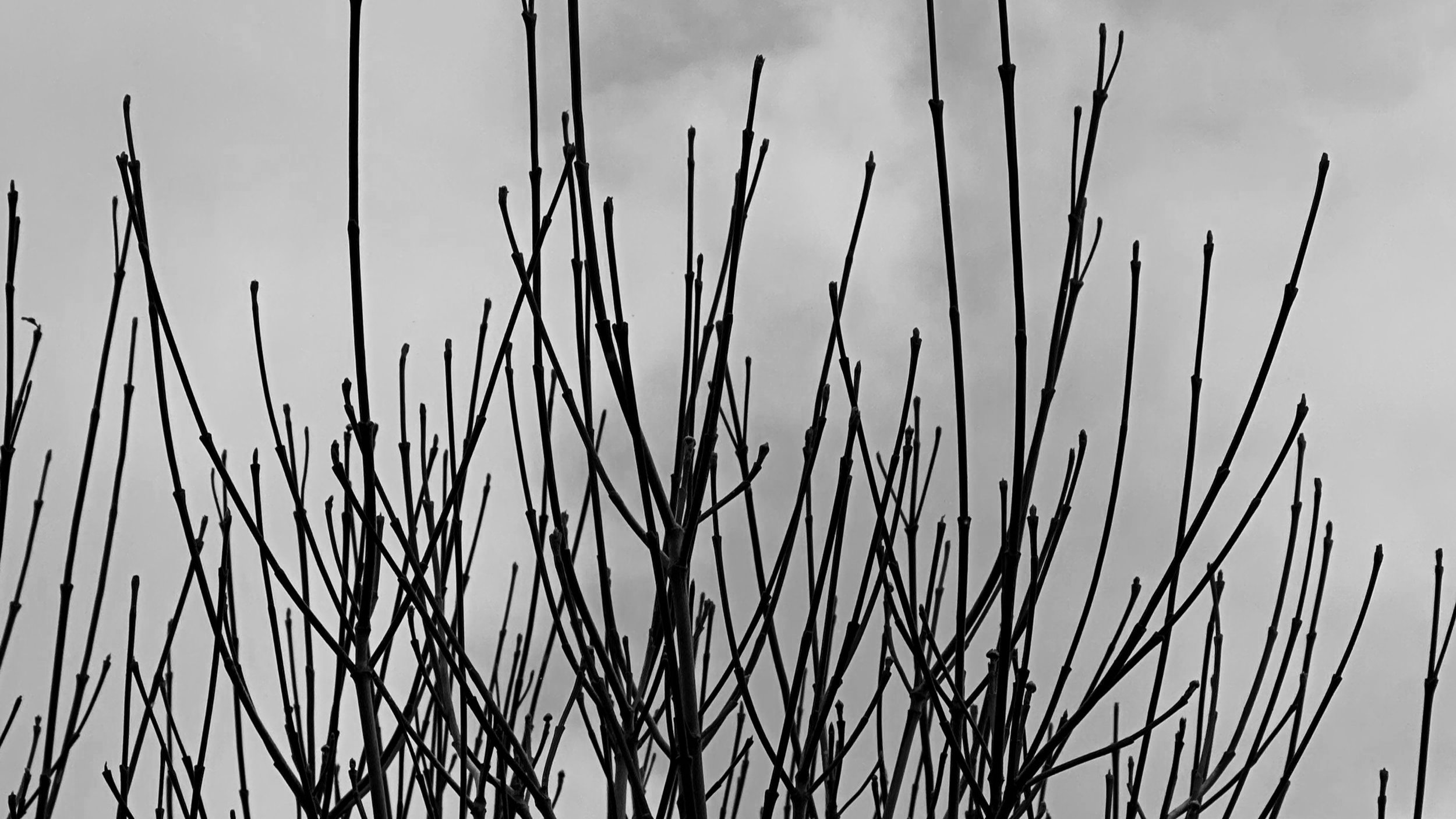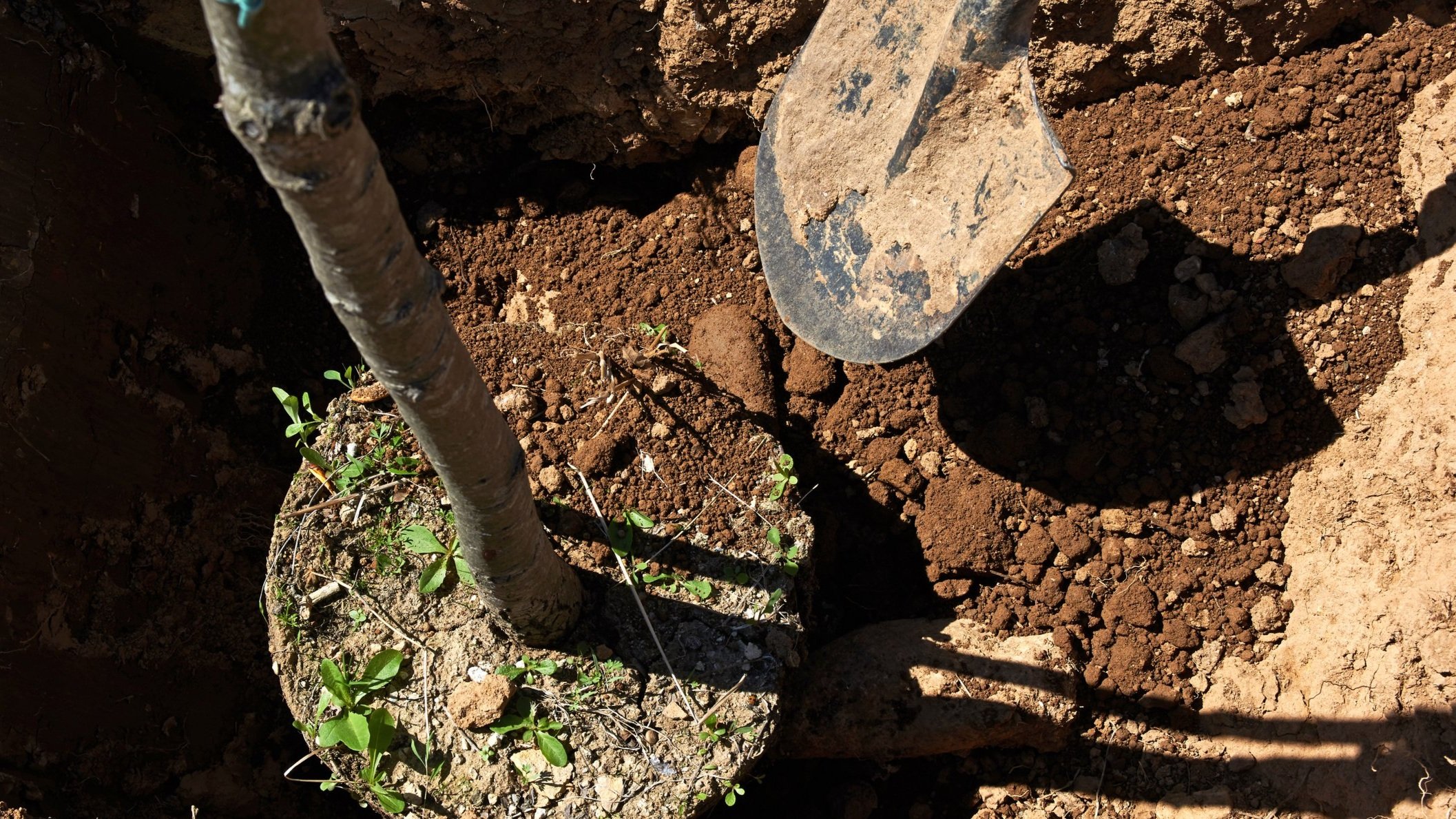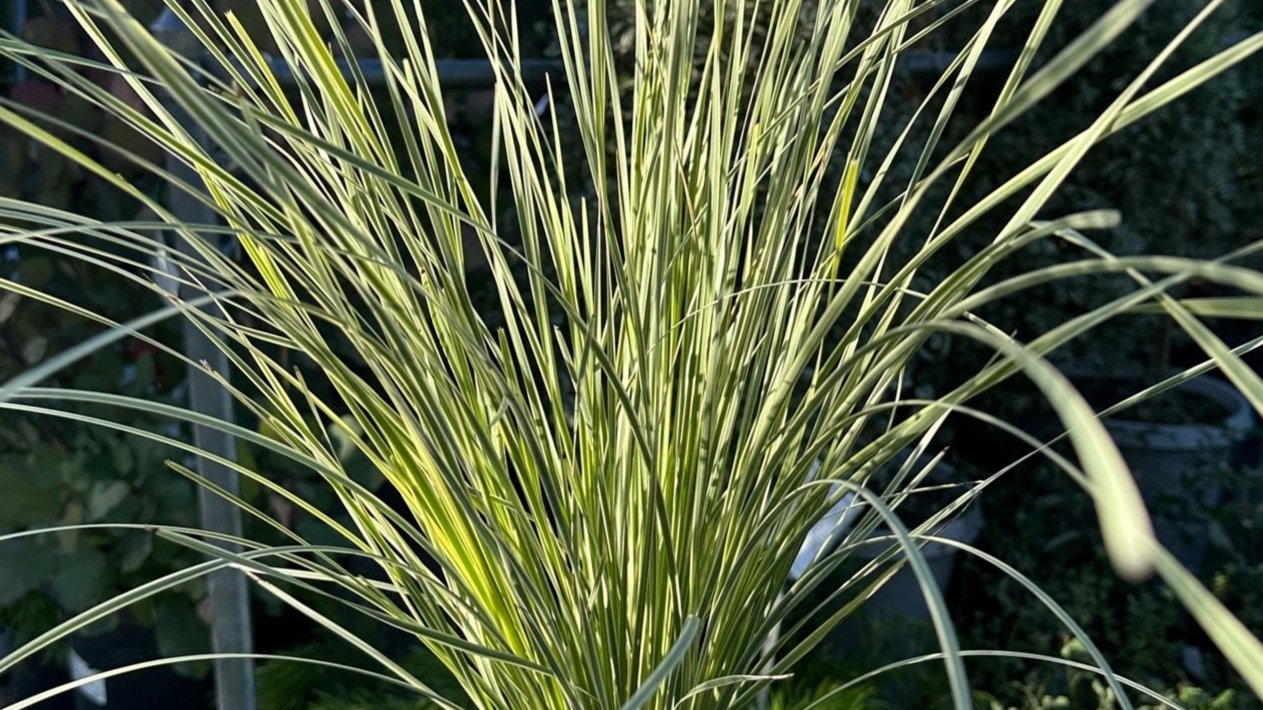Planting Bare Root Trees
Our Bare Root trees are 2-3+ years old when they are carefully dug from the ground when dormant, placed in cold storage without any soil around their roots, graded and bundled, then shipped. We receive our bare root fruit trees in early to mid-January. We immediately pot them your convenience and to reduce stress on the trees. Like our bare root roses, you receive the benefit of sale pricing on our bare root fruit trees. Our fruit tree sale will continue through February.
Consider your pets - Houseplants
Houseplants not only bring natural beauty indoors but also have the power to purify the air, reduce stress, and create a calming atmosphere in your home. However, for some pet owners, it's important to be cautious when selecting plants for your indoor garden, as some can cause dogs and cats to become ill when ingested. If you have a pet who chews…
What’s On My Plant? - Mealybugs
Mealybugs, pesky invaders of our indoor and outdoor green spaces, are among the most common and persistent pests that gardeners and plant enthusiasts encounter. Despite their diminutive size, these tiny insects can wreak havoc on our beloved plants if left unchecked. They can impede plant growth…
Thyme, Thyme, Thyme – is on Your Side
Thyme (Thymus) is a versatile and aromatic herb cherished as a lush groundcover and delicious culinary herb. It creates a carpet of foliage year-round and is covered with masses of flowers ranging in shades of white, pink, and purple. Attractive to pollinators, thyme is an great addition in bee and butterfly gardens and…
Planting and Growing Protea In the Bay Area
Plants in the Protea family with their stunning flowers and striking foliage, have found a home in the diverse Bay Area landscape. The Protea family (“Proteaceae”) include Leucadendron, Grevillea, Leucospermum, Banksia, Protea, among others. The unique blooms, known for their vibrant colors and intricate shapes…
Prepare Garden Beds for Planting Edibles
Creating a thriving vegetable garden in the Bay Area requires more than just selecting the right plants and watering them regularly. Soil is the key to the success of any garden as it directly impacts the growth, yield, and overall vitality of the plants. Most edible plants grow best…
Charming Chaenomeles – Flowering Quince
Introduce a brilliant splash of color to a drab winter garden with the profusion of bright orange-red, salmon, apricot, deep scarlet red, pale pink, bright white, or yellow blooms of a Flowering Quince. Chaenomeles bloom in late winter to early spring and are one of the first shrubs to bloom in spring. Brilliant buds begin to swell and appear in February and March…
Turning Or Keeping Hydrangeas Blue
The deepest blues are achieved in soils with an ample amount of aluminum and are at their best when the pH is near or below 6.0. Blue colored varieties can change to pink if these soil requirements are not met. To attain the desired blue blossoms, apply…
Dormant Spraying: Why You Should
Why dormant spray? Dormant Spraying is used for two reasons: one is to help control insects, the other is to control fungal diseases. You will have better crops and possibly eliminate the need to spray by reducing insects and diseases in the coming year.
Protect Your Plants from Winter Chill
During spells of cold weather, it is advised to protect your plants from potential foliage and root system damage. Cold can affect plants in two ways. Sudden drops in temperature to below freezing can cause ice crystals to form in the plants cells causing them to burst, resulting in die-back or death.
What is the Best Time of Year to Plant ?
Yes, it’s now! Fall is absolutely the best time of year to plant most trees, shrubs, bulbs and perennials here in the Bay Area. There are vegetables and herbs that grow well in fall, too, especially greens, cole crops (cabbage, broccoli, cauliflower) and root vegetables.
Lush Lomandra
Add movement, sound and dimension to your garden with Lomandra, an elegant, evergreen, arching, ornamental grass-like plant. It is beautiful as an accent, in a swath, border or container.
Hydrangea paniculata
Spectacular, elongated conical flower clusters begin blooming in July in lime, red, or pink and can last well into Fall. Depending upon the variety, the blooms can change color over the season – some from white to green to a dusty pink as they mature. They are prized in both cut flower as well in dried arrangements.
Typically Hydrangea p. grows…
Selecting a Pot – Outdoor Plants
Selecting an appropriate pot for an outdoor plant can be perplexing. We find many people underestimate the size of container they need and are inclined to select a pot that looks good with the plant at its current size. Here are some pointers on what to consider when selecting your pottery.
Miracle of Mycorrhizae
Mycorrhizae are a collection of many species of beneficial soil fungi that help nourish a host plant. The fungi produce very fine threads (hyphae) that attach to the plant’s roots and serve as an extension of the plant’s root system. This enlarged root system permits the plant to penetrate deeper into the soil to obtain additional moisture and nutrients. Healthy soils are rich in mycorrhizal species and essential for a water efficient landscape. Read More…

















